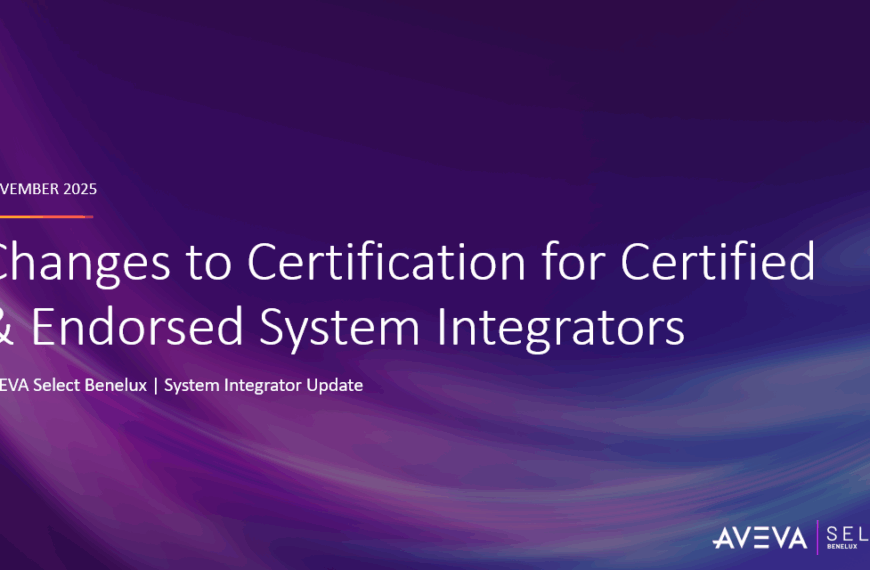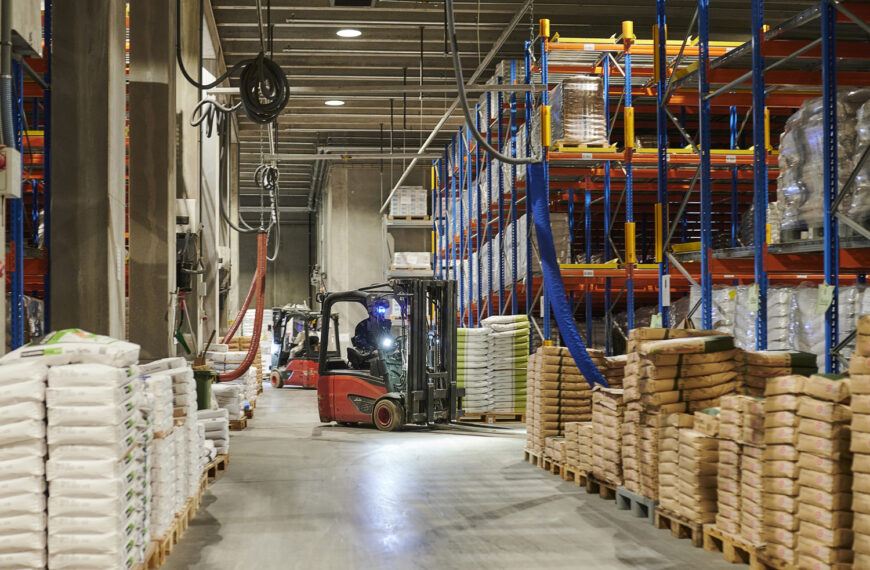
If you missed our recent webinar “From Sensor to Report: Ensuring Data Quality in Water and Wastewater Utilities,” you can now watch the full recording online. Hosted by Analytics for Industry (an AVEVA Select Benelux brand), the session brought together three perspectives from the field: David Ariens, Technology Evangelist at Analytics for Industry; René Kersten, Data Quality Lead at Vitens; and Ivo Van de Moortel, Sensing Solutions Product Lead at iFLUX.
Building your Data Foundation
David Ariens opened the discussion by setting the scene. In utilities today, data comes from everywhere — from traditional SCADA and PLC systems to IoT sensors, digital engineering tools, and GIS. Integrating them is no longer optional.
“Five or ten years ago, we might have had a single historian on-prem,” David said. “Today, we’re introducing smart meters for business customers and consumers. That’s not a few thousand new points — it’s tens or hundreds of thousands. How are we going to deal with all that data?”
The challenge, he explained, is twofold: integration and validation. Many utilities already gather huge volumes of time-series data, but few have the structure to manage it across systems. Without a robust data foundation, cloud solutions quickly become expensive, fragmented, and difficult to secure.
“The industrial data platform becomes — and stays — a single source of truth,” David continued. “When we get that right, we have something really powerful in our hands.” A well-designed platform connects sensors to enterprise users, ensures contextual metadata, and delivers consistent, validated data to consumers — whether dashboards, compliance reporting, or AI-driven optimisation models.
Lessons from Vitens: Trust Through Visibility
René Kersten from Vitens, a drinking water company in the Netherlands, offered a practical view from operations. With over forty years of experience, he has seen how the role of data has changed from a supporting asset to a mission-critical capability.
“If you want a Digital Twin to work, the data must be complete, timely, and correct,” René explained. “Otherwise you cannot trust it.”
Drawing on four decades in the water industry, René described how data has evolved from being a by-product of operations to being its backbone. Historically, Vitens engineers would check logs or run occasional calculations. Today, automated analytics and predictive models depend on continuous data streams. Any missing or incorrect values ripple through forecasts, alarms, and investment decisions.
He stressed that data quality isn’t just a technical problem — it’s an operational discipline. Incomplete or late data affects how quickly teams can respond to incidents, optimise pumping schedules, or prove compliance.
“People think of validation as a software feature,” René noted, “but for us, it’s part of daily operations. We need to be confident that every reading is right before we act on it.” This is a cultural shift at Vitens: treating data as an operational asset rather than an IT by-product. For René’s team, building trust in data is an ongoing process — part of the same reliability mindset that has long defined the water sector.
Groundwater Meters: Complexity Beneath the Surface
Ivo Van de Moortel of iFLUX lifted the lid on the hidden engineering behind groundwater monitoring. Installing and maintaining these meters is far from straightforward. Each sensor must contend with local geology, changing flow patterns, and environmental conditions that can distort readings over time.
“Groundwater data is inherently messy,” Ivo said. “You get noise, drift, gaps, calibration issues — and all of that before you even start analysing trends.”
To keep data reliable, iFLUX uses semi-automatic validation and correction supported by the Timeseer platform. Algorithms flag anomalies and repair historical data where appropriate, while experts review the changes before approval.
In one example shown during the webinar, every blue cell on the validation dashboard represented a period where historical data had been automatically repaired. It’s a small visual cue for a big shift in efficiency — what used to take hours of manual checking can now be done in minutes. The approach blends human expertise with machine precision. By combining automated correction with expert interpretation, utilities can maintain confidence in their datasets even as networks scale to thousands of meters.
Why It Matters
Data quality is no longer just an IT concern. It’s an operational necessity. Reliable data underpins everything from asset management and energy optimisation to regulatory compliance and sustainability reporting.
As David summarised:
“Data doesn’t live in a vacuum. It feeds your dashboards, your reports, your AI models. If it’s wrong, everything that depends on it is wrong too.”
For utilities under pressure to deliver more with fewer resources, that message hits home. Detect, validate, and trust — those three words capture a roadmap for digital maturity.
Reliable water management starts with reliable data. And as this webinar proved, collaboration between utilities, technology partners, and data specialists is the key to making that reliability a reality.
Interested in learning more about Timeseer? Data Interviewed Bert Baeck, the Timeseer CEO a while back:
Looking for more? At our 2024 ASKx event, we presented a super interesting Data Validation use case we executed at the Port of Antwerp:





